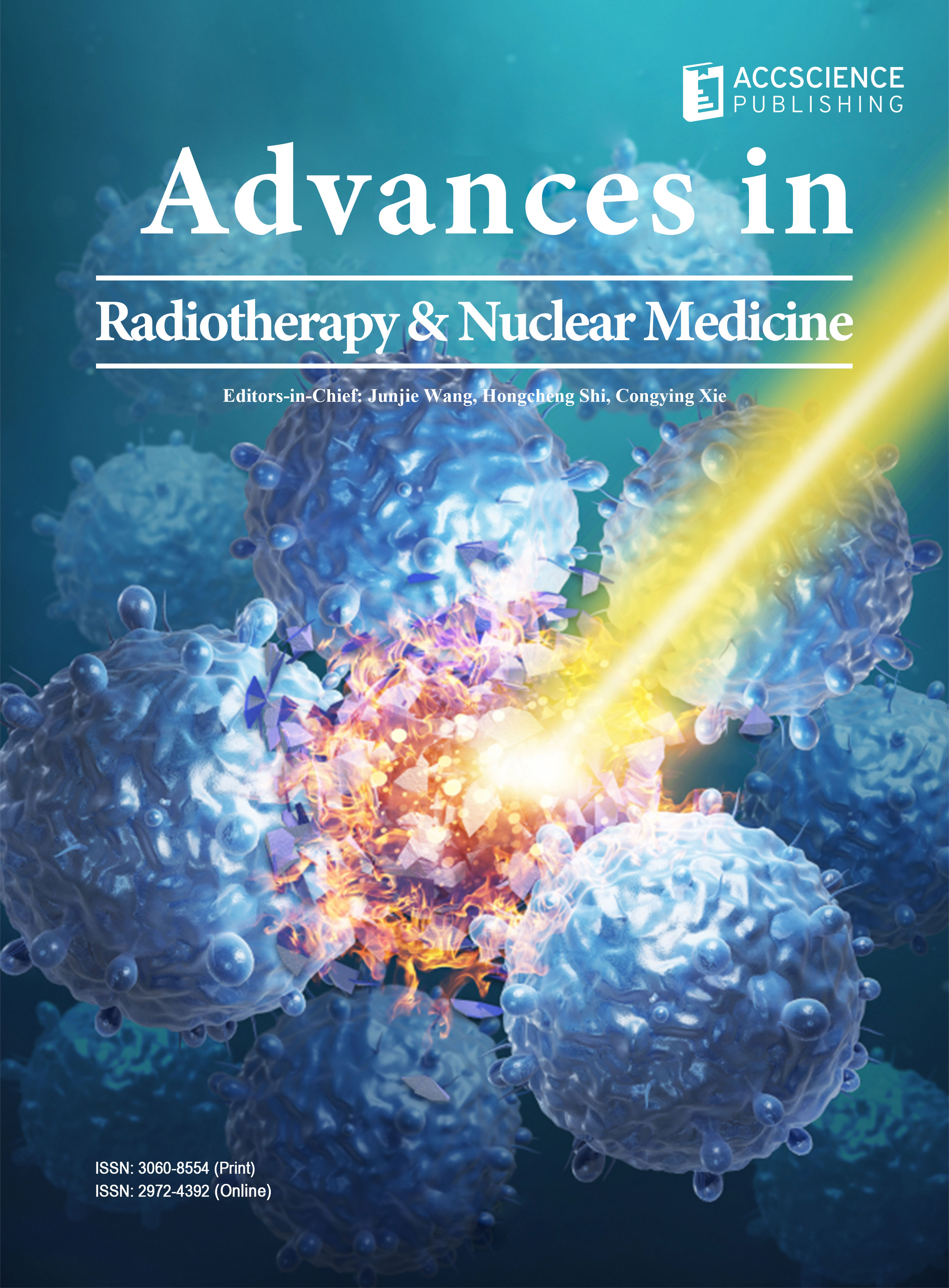Cancer radiotherapy with mini neutron/gamma-ray generators

Recent advancements in negative hydrogen (H-) or negative deuterium (D-) ion source technology as well as the commercial availability of high-frequency AC high-voltage power supplies have enabled the development of mini neutron/gamma-ray generators using low-energy nuclear reactions. These generators can provide a useful flux of high-energy neutrons or gamma photons in either pulsed or continuous operations. With the new mini generator, intraoperative radiotherapy as well as treatment of tumors in the brain, skin, breast, salivary gland, pancreas, liver, and kidney can be performed using external or internal neutron/gamma-ray beams. The new radiotherapy system is very compact and requires very low power for operation, enabling its location inside an operation room of a hospital or clinical facility.
- Macomber MW, Tarabadkar ES, Mayr NA, et al. Neutron radiation therapy for treatment of refractory merkel cell carcinoma. Int J Part Ther. 2017;3:485-491. doi: 10.14338/IJPT-17-0003.1
- Krull A, Schwarz R, Brackrock S, et al. Neutron therapy in malignant salivary gland tumors: Results at European Centers. Recent Results Cancer Res. 1998;150:88-99.
- Martellini M, Sarotto M, Leung KN, Gherardi G. A compact neutron generator for the Niort treatment of severe solid cancers. Med Res Arch. 2023;11(3). doi: 10.18103/mra.v11i3.3799
- Persuad A, Kwan JW, Leitner M, et al. A tandem-based compact dual-energy gamma generator. Rev Sci Instrum. 2010;81:02B904. doi: 10.1063/1.3258028
- Leung KN. Production of H- ions by thermal desorption process. AIP Adv. 2023;13:075123. doi: 10.1063/5.0162487
- Leung KN. New mini neutron tubes with multiple applications. J Nucl Eng. 2024;5:197-208. doi: 10.3390/jne5030014
- Leung KN. New compact neutron generator system for multiple applications. Nucl Technol. 2020;206:1607-1614.
- National Research Council. Radiation Source Use and Replacement: Abbreviated Version. Washington, DC: The National Academies Press; 2008. doi: 10.17226/11976
- Csikai J, editor. CRC Handbook of Fast Neutron Generator. Vol. 1. Boca Raton, Florida: CRC Press Inc.; 1987.
- Bin J, Obst-Huebl I, Mao JH, et al. A new platform for ultra-high dose rate radiobiological research using the BELLA PW laser proton beamline. Sci Rep Nat Portfolio. 2022;12:1484. doi: 10.1038/s41598-022-05181-3
- Leung KN, Leung JK, Melville G. Feasibility study on medical isotope production using a compact neutron generator. Appl Radiat Isot. 2018;137C:23-27. doi: 10.1016/j.apradiso.2018.02.026
- Lee CL, Zhou XL. Thick target yields for the 7Li(p,n)7Be reaction near threshold. Nucl Instrum Methods Phys Res B. 1999;152:1-11.
- Tanaka K, Kobayashi T, Sakurai Y, Nakagawa Y, Ishikawa M, Hoshi M. Irradiation characteristics of BNCT using Near- Threshold 7Li(p,n)7Be direct neutrons: Application to intra-operative BNCT for malignant brain tumors. Phys Med Biol. 2002;47:3011-3032. doi: 10.1088/0031-9155/47/16/315
- Sauerwein WAG, Wittig A, Moss R, Nakagawa Y, editors. Neutron Capture Therapy. Berlin: Springer-Heidelberg; 2012.
- Durisi E, Zanini A, Manfredotti C, et al. Design of an epithermal column for BNCT based on D-D fusion neutron facility. Nucl Instrum Methods Phys Res A. 2007;574:363-369.
- Wang S, Blaha C, Santos R, et al. Synthesis and initial biological evaluation of boron-containing prostate-specific membrane antigen ligands for treatment of prostate cancer using boron neutron capture therapy. Mol Pharm. 2019;16:3831-3841. doi: 10.1021/acs.molpharmaceut.9b00464
- Fessler A, Massey TN, Micklich BJ, Smith DL. Thick target photon yields and angular distributions for the 19F(p,αγ)16O source reaction at incident proton energies between 1.5 and 4.0 MeV. Nucl Instrum Methods Phys Res A. 2000;450:353-359.
- Micklich BJ, Smith DL, Massey TN, Fink CL, Ingram D. Measurement of thick-target high-energy γ-ray yields from the 19F(p,αγ)16O reaction. Nucl Instrum Methods Phys Res A. 2003;505:1-4. doi: 10.1016/S0168-9002(03)01006-4

